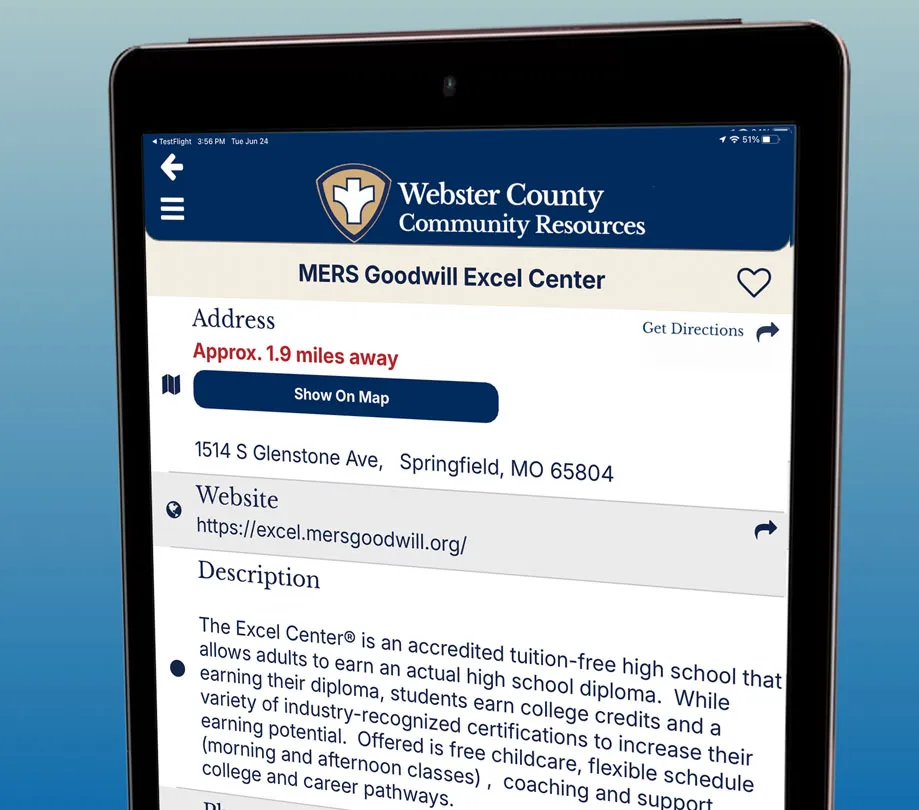iOS App Development

While many developers rush to integrate new tools, the real transformation happens when the new era of iOS app development reshapes how teams design, build, and deploy apps, ultimately redefining both user expectations and market competition across platforms.
Apple’s App Store ecosystem is massive, pulling in about $1.3 trillion in global billings and sales throughout 2024, with over 90% of that benefiting developers without fees to Apple. That sets the stage: small tweaks in how apps are built can ripple across massive value flows. Enter AI coding assistants, tools like GitHub Copilot, Cursor, Anthropic’s Claude, OpenAI’s ChatGPT-based tools, and now on-device solutions in Xcode 26. These aren’t just code completion tools, they’re strategy shifters. Apple unveiled Xcode 26 at WWDC25 with built-in AI assistant features, signaling that AI is becoming a native part of iOS app development.
New Era of iOS App Development: Hyperdrive or Hype?
Contrasting data frames the debate.
A recent survey finds 90% of dev teams now use AI in their workflows, and nearly half use two or more tools. Around 62% report at least 25% speed boosts, and 8% claim to have doubled output. Corporate giants report 20% productivity gains, while others find developers save over 10 hours per week, though inefficiencies elsewhere erode these gains.
Yet nuance arises. One study discovered experienced developers working in codebases they already know were 19% slower with AI assistance. Other research suggests average acceptance rates of only 30%, with significant downstream boosts mostly seen by junior developers.
The takeaway is that AI empowers speed in prototyping, routine coding, learning, and boilerplate. But for deep, specialized tasks in familiar terrain, it may actually slow progress due to review friction.
The App Store’s Incoming Flux of Apps
App proliferation is already intense, with roughly 1.9 million apps and games on the Store as of January 2025. AI’s ability to accelerate development by 30 to 55 percent suggests a tidal wave of new entries.
But it’s not just quantity, it’s diversity.
“Vibe coding,” a rapid, conversational AI-driven method, has cropped up as a new norm. Startup ecosystems report that a quarter of new ventures have codebases that are 95% AI-generated. Non-technical founders might now spin up polished apps in days rather than months, with some reaching impressive revenues within their first month. Apple’s introduction of Foundation Model APIs, which enable app intelligence on-device and in the cloud, means app intelligence can now run at the edge.
Implications for the App Store include floodgates opening to more app submissions, higher churn as shallow generative apps rise and fall, and increasing pressure on Apple’s curation and ranking systems to surface meaningful experiences.

Shifting Incentives: Beyond Code Speed
AI tools are changing not just how fast apps are built, but who builds them and how they monetize.
The barrier to entry lowers as non-coders and hobbyists can now “build apps by prompting.” Startups enabling this democratization are scaling fast. Many developers now use AI primarily to learn new technologies, not just to code faster. This means AI isn’t just for production, it’s also a launchpad for developers tackling new Apple APIs, SwiftUI frameworks, Vision Pro features, and more.
As AI handles boilerplate, developers shift to high-value tasks like UX design, product planning, and dynamic interactions. But new risks arise. Automated tools often introduce bugs. Studies show only about 44% of AI-generated code gets accepted, and a fair chunk of developer time is spent fixing it. Shadow-IT risks increase as non-technical teams experiment with AI-built internal apps, and vibe-coded apps may carry hidden vulnerabilities or outdated patterns.
Apple’s Strategic Gambit
Apple’s response, doubling down on AI in its developer tools, is strategic.
On-device AI in Xcode empowers developers with strong feedback loops, offline capability, and privacy, which appeal to serious app builders. The Foundation Models API introduces newfound flexibility in how apps can generate content on-device versus in the cloud, allowing for more differentiated user experiences.
The bigger bet is to help quality apps emerge and stand out. If Apple positions the App Store as AI-powered, editorially curated, and quality-controlled, it can better filter generative noise. Features like App Analytics, improved discovery, and AI-assisted app onboarding could become new differentiators.
A New App Store Topology: Curated, Community-Driven, Proliferating
AI coding ushers in a layered App Store.
First are Gen‑1 AI apps: rapid prototypes and ephemeral gimmick apps that are quick to build and quick to die but occupy volume. Then come Gen‑2 hybrid apps, which balance automation with craftsmanship and result in solid apps built faster. Finally, Gen‑3 premium apps are professionally built, edge-optimized, Apple-integrated apps leveraging AI at runtime, such as personalized assistants, Vision Pro integrations, and on-device language models.
Apple can use its curation and editorial emphasis to steer users toward hybrid and premium experiences, perhaps even promoting a “Built with Xcode 26 AI Assist” label.
Recalibrating Competition and Metrics
New metrics may emerge to track this shift.
These might include time-to-app, meaning the interval from concept to submission, or AI contribution percentage, perhaps tracked in build metadata. Bug-fix rates or review cycles per thousand lines could become key, as could user engagement lifted by AI features like on-device generative photo filters or contextual prompts.
Apple and third-party toolsets may evolve to spotlight apps showing AI-backed enhancement in user engagement, retention, or monetization.
Developer Ecosystem Shift
As AI takes boilerplate coding off their plates, iOS developers will need to retool.
Prompt engineering becomes a pivotal skill, crafting the precise natural-language prompts for APIs and language models. Governance and validation roles expand to include security vetting, bias checks, and performance tuning. Hybrid app approaches will combine synchronous on-device AI flows with asynchronous cloud pipelines for analytics and server-side generation.
Challenges are real. Some veteran developers report that AI makes them slower when they work in their comfort zone. Others worry AI turns them into “reviewers” rather than creators, making quality assurance more cognitively taxing than writing code.
Market Dynamics: Apple Versus Third-Party App Stores
Regulatory winds are shifting, and Apple faces potential competition from alternative app stores, spurred by recent rulings and legislation.
Could Apple underplay its App Store AI as a defensible moat? If Apple’s integrated AI tools in Xcode and the App Store can speed development, enhance quality, and spotlight richly crafted apps, builders may feel less compelled to defect to other platforms. Conversely, third-party app stores that embrace AI-built tools but with lower fees might become more alluring to high-volume generative app builders.
Long-Term Outlook
An explosion in quantity is coming as AI coding turns iOS deployment from weeks to days or hours. There will be a rise of new creators, including non-technical founders and creators producing niche apps, internal tools, and MVPs. Quality stratification will intensify, with Apple’s editorial and AI-powered discovery systems likely shifting the spotlight toward hybrid and professional apps.
Developer workflows will reorient toward prompting, validation, and strategic design roles. Apple may position its AI-integrated ecosystem as the premium, higher-quality option in a field flooded with generative volume.
Conclusion
AI coding assistants are not merely speeding up iOS development, they are transforming it. They usher in new makers, new app stratifications, and new expectations around governance and quality. Apple’s move to embed AI in Xcode, on-device models, and App Store analytics is a calculated play.
The App Store is not just becoming bigger, it is becoming more layered. It is turning into a creativity incubator for quick-turn generative apps, a productivity accelerator for hybrid coder-developers, and a premium showcase for deeply crafted, AI-augmented apps leveraging Apple’s native strengths.
How Apple manages this flood, curating intelligently, rewarding real value, and enabling safe experimentation, will define the next decade of the App Store. The result is a landscape more dynamic, diverse, and layered than anything seen before, not just another AI playground, but a reshaped ecosystem.
About the Author

CEO
Richard Harris is widely regarded as a pioneer in the software industry, with over 30 years of experience as a founder, executive leader, and technology strategist. Throughout his career, he has launched and scaled numerous ventures across mobile, SaaS, publishing, and data intelligence. Richard is the founder of App Developer Magazine, Chirp GPS, MarketByte, and several other startups—each focused on solving real-world challenges through innovative, developer-centric solutions. He has spent decades architecting scalable platforms and building infrastructure that powers digital growth—from real-time location intelligence to content syndication engines. Whether streamlining developer workflows, modernizing logistics, or enabling cross-channel marketing automation, Richard’s leadership continues to drive operational clarity and product excellence in a rapidly evolving tech landscape.





